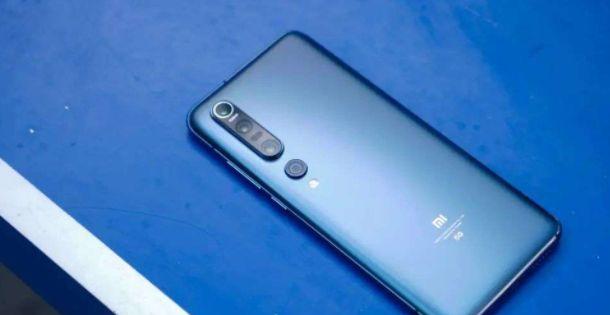The degree of internal volume of mobile phone camera must be that all small partners have a certain feeling, in the case of mobile phone performance is not bad, each mobile phone brand has changed the strategy from the mobile phone camera to change, optimize.
Foreign media once did a survey on "when buying a mobile phone, how important is the camera to you", 50.1% of people said that the camera specifications on the mobile phone are an important reference factor when buying a mobile phone, while 24.22% even think that when buying a mobile phone, the camera is the top priority.

In terms of cameras, super pixels, large apertures, long focal length, anti-shake, and PTZ have become the standard equipment of smart phone camera systems, and professional camera equipment suppliers such as Lycra and Zeiss have also become regular customers.
Whether it is a traditional camera or a later mobile phone camera, stacking pixels has always been the first practice. From hundreds of thousands of pixels, it has soared to the order of 100 million in a few years. However, it also follows the marginal effect, and the increase in pixels will put too much pressure on the system, from storage, photoelectric conversion and so on.
For example, Xiaomi, which was the first to roll up to 100 million pixels before.
Now the mobile phone in the number of cameras is also rolled to a certain extent, the so-called zoom in the multi-camera system on the mobile phone, and the zoom on the traditional lens has a big difference. However, after cutting, optical digital zoom and other "relays", it is more consistent in the daily experience.
Dual-camera, triple-camera, four-shot and now five-shot, in addition to zoom, also introduced a lot of featured lenses, such as black and white, macro and even microscopes and so on.
Similar to pixels, sensor size is also a major attribute of traditional camera manufacturers competing for strength.
The larger the sensor size, the easier it is to get pure photos in low-light environments, and there will be better bokeh effects.
In terms of hardware alone, today's mobile phones have made great leaps forward in photo purity and bokeh. However, the purity and bokeh of the photo can also be done through "algorithms" with smaller sensors.
What do you know about these optimization competitions for cameras?